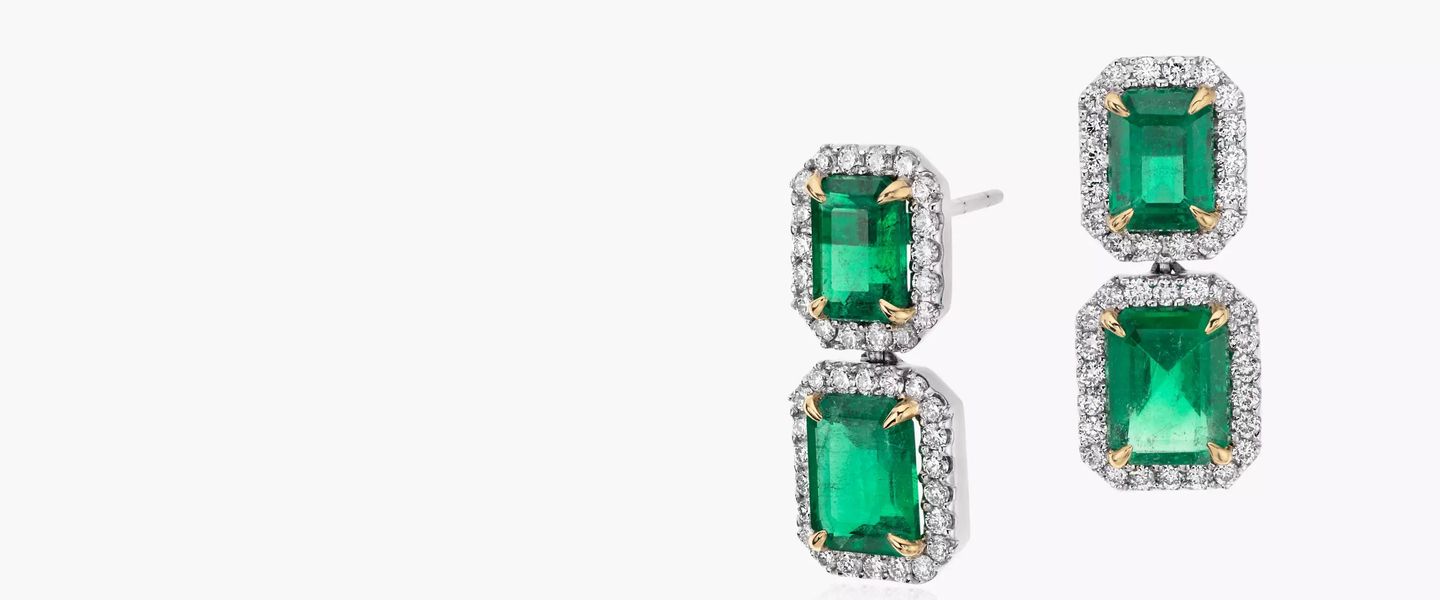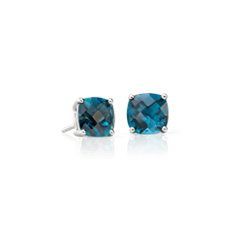What are Inclusions?
Because gemstones are formed in nature, certain varieties may include traces of gas or liquid, or they may have internal fractures. Inclusions don’t necessarily detract from the beauty or desirability of a colored gemstone, and in fact, inclusions may increase the value of some gems. For example, some inclusions can enhance color uniformity by deflecting light throughout the stone, and in many cases, they add interest to a gem.

What to Look for When Buying a Gemstone
There are two main factors to keep in mind when considering a gemstone’s clarity: The standard for the stone and its clarity grading code.
Gemstone Clarity Types
Some gemstones naturally have fewer inclusions than others. Gems that are opaque or translucent have different clarity standards than gems that are transparent. The Gemological Institute of America (GIA) has identified three types of gemstone clarity.
Type I: Usually Eye-Clean
Eye-clean means that you can’t see inclusions with the naked eye. Gemstones that are typically eye-clean include aquamarine, morganite and tanzanite.
Type II: Usually Included
Gemstones that are expected to have visible inclusions include rubies, sapphires, peridots and garnets.
Type III: Almost Always Included
Emeralds and tourmaline are two gemstones that almost always have inclusions, which may or may not add or subtract to their value.
Clarity Grading Code
Gemstone clarity grades identified by the GIA indicate the size and visibility of the inclusions in a gem.
VVS Grade
Inclusions are very, very small.
VS Grade
Inclusions are very small.
SI1 and SI2 Grades
Indicate a gem with small inclusions—SI1 gemstones have smaller inclusions than SI2 gemstones.
I1, I2, and I3 Grades
Indicate a gem with inclusions—the higher the number (1, 2, or 3,) the more inclusions the stone has.
How grading code and clarity types
work together
Each clarity grade means something different for each gemstone type. For example, for a Type 1 gemstone, like aquamarine, a grade of VS means the stone has tiny inclusions that are fairly easy to see under 10x magnification, but these gemstones are usually eye-clean. But for a Type 3 gemstone, like an emerald, a VS grade means it has obvious inclusions at 10x magnification, which may be eye-visible. The right gemstone cut can help reduce the appearance of inclusions The most important thing to consider when purchasing any gemstone is how much you like it. If you fall in love with an emerald that’s heavily included and has a mossy look, known as “jardin,” which is French for garden, then choose that emerald over a cleaner one that’s more “valuable,” but may not be the gem that captures your attention.












